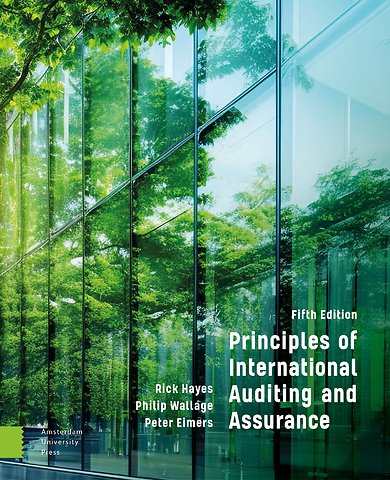
Lees verder


Rick Hayes, Ph.D., CPA, Professor Emeritus at California State University, Los Angeles, and author of numerous books on Accounting and Finance.
Meer over de auteursThis groundbreaking textbook redefines auditing education by seamlessly incorporating International Standards on Auditing (ISAs) and other IAASB assurance standards at its core, establishing a new paradigm in how auditing principles are taught. Recognized worldwide as the hallmark of auditing excellence, ISAs set the highest benchmarks for audit quality.
This latest edition meticulously unfolds the evolution, application, and global integration of ISAs, alongside other assurance standards and key national frameworks, ensuring that the content remains at the forefront of international practices. It provides students with an extraordinary depth of insight into auditing and assurance, mirroring the very latest in contemporary practices and thought leadership.
Key Highlights:
• Comprehensive exploration of the audit profession, essential concepts, the audit process across four stages, and specialized topics.
• Insight into the latest advancements in audit technology, including data analytics.
• Updates on the latest auditing and assurance standards, ensuring relevance and applicability.
• Expansion into a wide spectrum of assurance engagements, including a brand-new dedicated chapter on sustainability assurance.
• Practice questions styled like exams at the end of each chapter, facilitating effective review and learning.
accountancy auditing assurance internationale standaarden controlepraktijk beroepsethiek financiële rapportage risicomanagement externe controle beroepsopleiding compliance onafhankelijkheid kwaliteitscontrole accountantskantoor interne controle controleverklaring fraudedetectie governance due diligence materialiteit controleprocedures continuïteit financieel management data-analyse
